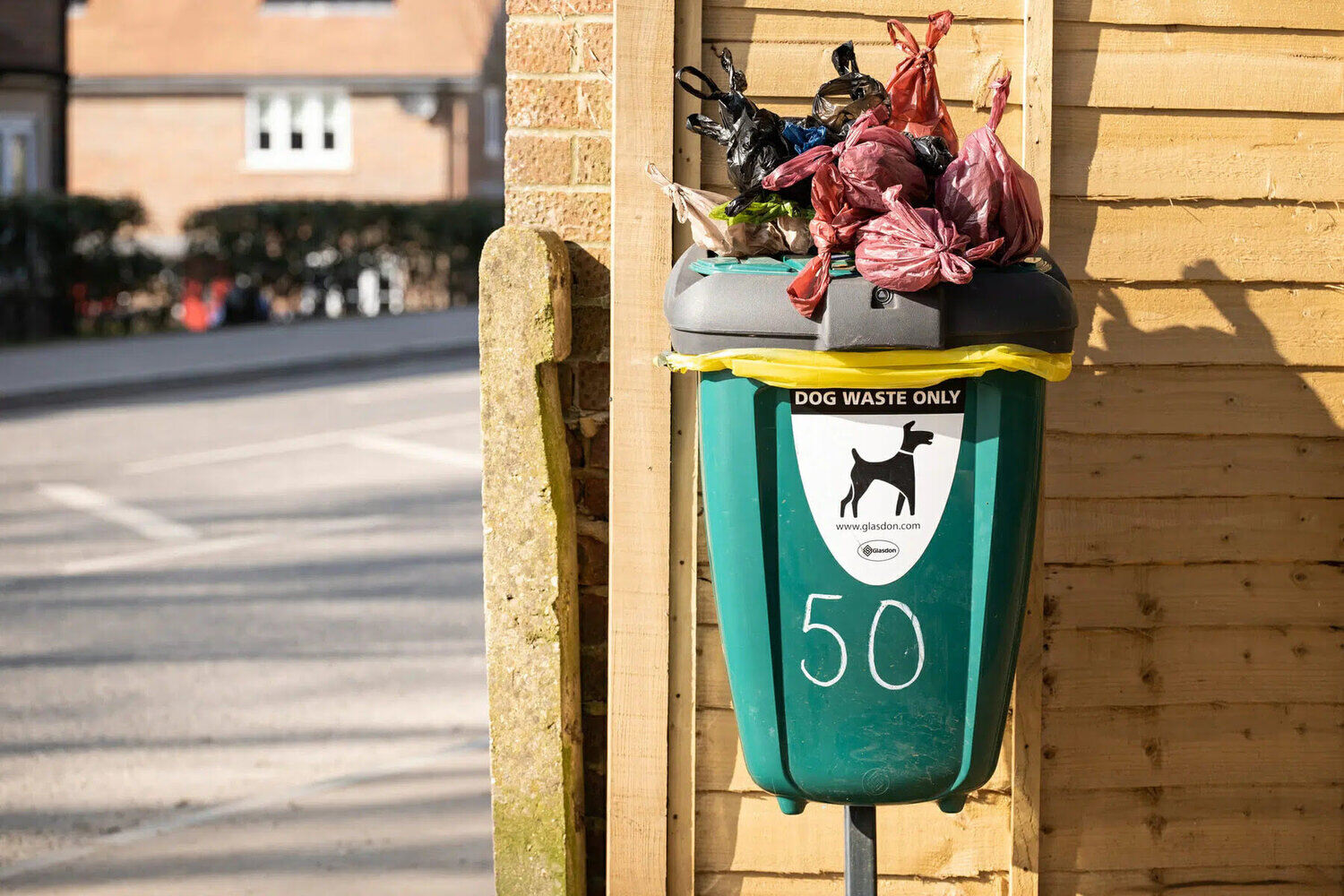

Articles
How To Store Dog Poop Until Garbage Day
Modified: January 19, 2024
Discover practical tips and innovative solutions for safely storing dog poop until garbage day when you read our informative articles.
(Many of the links in this article redirect to a specific reviewed product. Your purchase of these products through affiliate links helps to generate commission for Storables.com, at no extra cost. Learn more)
Introduction
As a dog owner, one of the less glamorous responsibilities is dealing with your furry friend’s poop. While it may not be the most pleasant task, it’s essential to dispose of it properly to maintain a clean and hygienic living environment. But what do you do with the dog poop until garbage day rolls around?
In this article, we will explore various methods and options for storing dog poop until garbage day. We will discuss the pros and cons of each method, including considerations for odor control and safety. By the end of this article, you will have a clear understanding of how to effectively store dog poop and ensure proper waste disposal.
Key Takeaways:
- Properly sealing and storing dog poop is crucial for maintaining a clean and hygienic living environment. Choose the right storage method, follow odor control tips, and prioritize safety precautions to ensure responsible waste management.
- On garbage day, transfer securely sealed bags of dog poop to your regular household garbage bin, following local regulations. Responsible disposal not only keeps your surroundings clean but also contributes to community cleanliness and environmental protection.
Read more: How To Store Dog Poop Bags
Choosing the Right Dog Poop Storage Method
When it comes to storing dog poop, there are several options available. Choosing the right method depends on various factors such as convenience, environment-friendliness, and personal preferences. Let’s explore some of the most commonly used dog poop storage methods:
- Option 1: Plastic Bags: Using plastic bags is a popular and convenient option for many dog owners. Simply pick up the poop with a bag, tie it securely, and store it in a designated container until garbage day. Plastic bags are readily available, lightweight, and easy to use. However, it’s important to consider the environmental impact of plastic bags and ensure proper disposal.
- Option 2: Compostable Bags: For those looking for a more eco-friendly option, compostable bags are a great choice. These bags are made from natural materials that break down easily in compost piles. Be sure to check for certifications like ASTM D6400 or EN13432, which guarantee the bags’ compostability. Compostable bags are an excellent option for environmentally conscious dog owners.
- Option 3: Self-Sealing Containers: If you prefer a more odor-controlled and discreet method, self-sealing containers are worth considering. These containers often come with a built-in mechanism that seals the bag after each deposit, minimizing smells and preventing leaks. They are a particularly useful option for storing dog poop in apartments or homes with limited outdoor space.
- Option 4: Outdoor Dog Waste Bins: Outdoor dog waste bins are specifically designed to store dog poop until garbage day. These bins usually have a tight-fitting lid to prevent odors from escaping and are often made from durable, weather-resistant materials. Some even come with features like built-in bag dispensers for added convenience.
- Option 5: Dog Waste Disposal Systems: For individuals who want a more hands-off approach, dog waste disposal systems provide a hassle-free solution. These systems usually consist of an in-ground or above-ground unit that uses enzymes or bacteria to break down the waste. Once disposed of, the waste is transformed into environmentally safe byproducts.
Consider your specific needs, lifestyle, and the number of dogs in your household when selecting the right storage method for dog poop. Each option offers its own set of advantages, so choose the one that fits your preferences and aligns with your commitment to environmental sustainability.
Option 1: Plastic Bags
Using plastic bags to store dog poop is a widely adopted method due to its convenience and accessibility. Here’s how it works:
- When your dog poops, use a plastic bag to pick up the waste. Be sure to check that the bag is intact and free of holes.
- Turn the bag inside out and carefully place your hand inside, grasping the poop.
- Pull the bag over your hand, securing the waste inside, and tie a tight knot at the top of the bag to prevent leakage.
- Store the securely tied bag in a designated container until garbage day.
Plastic bags are readily available in grocery stores and are lightweight, making them a convenient option for dog owners. However, it’s crucial to consider the environmental impact of using plastic bags.
To minimize the environmental consequences, opt for biodegradable or compostable plastic bags made from plant-based materials. These bags are designed to break down over time, reducing their impact on the environment. Look for certifications like ASTM D6400 or EN13432 to ensure the bags you choose are genuinely compostable.
It’s essential to properly seal the plastic bags to prevent odors and bacterial contamination. Double bagging can provide an extra layer of protection against leaks and odors.
Remember to always wash your hands thoroughly with soap and water after handling dog poop, even if you used a plastic bag as a barrier. This will minimize the risk of bacterial transfer and ensure good hygiene practices.
If you have multiple dogs or a large amount of dog waste, consider using larger, heavy-duty plastic bags to accommodate the volume. Additionally, consider using airtight containers or outdoor waste bins to further control odors and contain the waste until garbage day.
Keep in mind that plastic bags take a long time to decompose in landfills and contribute to plastic pollution. Whenever possible, explore more environmentally friendly options like compostable bags or dog waste disposal systems to reduce your ecological footprint.
Option 2: Compostable Bags
For dog owners who are environmentally conscious, using compostable bags to store dog poop is an excellent choice. Compostable bags are made from natural materials that break down easily in compost piles. Here’s how to use them effectively:
- When your dog poops, use a compostable bag to pick up the waste. Ensure that the bag is intact and free of any holes.
- Turn the bag inside out and carefully place your hand inside, grasping the poop.
- Pull the bag over your hand, securing the waste inside, and tie a tight knot at the top of the bag to prevent leakage.
- Store the securely tied compostable bag in a designated container until garbage day.
Compostable bags are designed to break down naturally, reducing their environmental impact. Look for bags that are certified as compostable, such as those complying with ASTM D6400 or EN13432 standards. These certifications ensure that the bags will decompose efficiently in composting systems.
When storing dog poop in compostable bags, it’s important to keep them in a separate container to prevent cross-contamination with other waste. This container can be an airtight bin or a dedicated section of your compost pile.
It’s worth noting that not all composting facilities accept dog waste in their composting systems. Check with your local municipality or waste management service to determine if they have specific guidelines for composting dog waste.
Remember to handle compostable bags with care, as they can break down more easily than traditional plastic bags. Keep them stored in a cool, dry place away from direct sunlight to maintain their integrity.
Using compostable bags not only helps reduce plastic waste but also provides an eco-friendly solution for handling dog poop. By composting the waste properly, you can contribute to the production of nutrient-rich soil that can be used to enhance your garden or landscaping.
Always prioritize personal hygiene and wash your hands thoroughly with soap and water after handling dog poop, even when using compostable bags.
Consider compostable bags as a sustainable alternative to plastic bags, making a positive impact on the environment while effectively storing dog poop until garbage day.
Option 3: Self-Sealing Containers
For dog owners who prioritize odor control and convenience, self-sealing containers are an excellent choice for storing dog poop. These containers are designed with built-in mechanisms that seal the bag after each deposit, ensuring airtight storage. Here’s how to effectively use self-sealing containers:
- Place a poop bag inside the self-sealing container, making sure that it is properly aligned.
- When your dog poops, pick up the waste with a bag, then place the bag inside the container.
- Activate the self-sealing mechanism according to the instructions provided. This could involve pressing a button, turning a knob, or simply closing the lid tightly.
- The container will seal the bag, preventing odors from escaping and keeping the waste securely contained.
- Store the self-sealing container in a designated location until garbage day.
Self-sealing containers offer several advantages for storing dog poop. The airtight sealing mechanism helps control odors, preventing them from permeating your living space. This makes them an ideal option for apartment dwellers or homeowners with limited outdoor space.
These containers often come in various sizes to accommodate different dog breeds and household waste volumes. Look for containers made from durable materials that are easy to clean and maintain.
It’s important to note that self-sealing containers usually require the use of specially designed bags that fit their specific dimensions. This ensures compatibility with the sealing mechanism and guarantees optimal functionality.
Always follow the manufacturer’s instructions for properly operating and maintaining the self-sealing container. Regularly clean and sanitize the container to prevent the buildup of bacteria and odors.
While self-sealing containers offer convenience and enhanced odor control, keep in mind that they are not suitable for all dog owners. If you have multiple dogs or generate a large amount of waste, a larger outdoor waste bin or dog waste disposal system may be more suitable.
Consider your specific needs and preferences when determining if self-sealing containers are the right option for storing dog poop until garbage day. They provide an effective and hassle-free solution for managing dog waste while keeping your living space clean and odor-free.
Read more: How To Store Dog Poop Sample
Option 4: Outdoor Dog Waste Bins
For dog owners who want a dedicated and efficient solution for storing dog poop, outdoor dog waste bins are an excellent choice. These bins are specifically designed to handle and contain dog waste until garbage day. Here’s how to utilize outdoor dog waste bins effectively:
- Select a suitable location for the outdoor dog waste bin in your yard or property. Choose an area that is easily accessible and away from high-traffic areas.
- Place the bin in the selected location and ensure it is secure and stable.
- When your dog defecates, use a plastic bag or a compostable bag to pick up the waste.
- Tie the bag securely and place it inside the outdoor waste bin. Some bins may have a designated compartment or bag dispenser for easy disposal.
- Close the lid of the waste bin tightly to prevent odors from escaping and to keep the waste contained until garbage day.
Outdoor dog waste bins are designed with features that make handling and containment easier. Look for bins with a tight-fitting lid to minimize odors and pests. Durable construction materials such as weather-resistant plastic or metal ensure longevity and prevent damage from the elements.
Regularly clean and sanitize the outdoor waste bin to maintain proper hygiene and prevent odors from accumulating. Some bins may have removable liners or trays to facilitate easy cleaning.
It’s important to note that outdoor dog waste bins are typically designed for bagged waste. Avoid placing loose dog waste directly in the bin as this can lead to odors and potential health hazards.
Consider installing multiple outdoor dog waste bins if you have a large property or multiple dogs. This ensures convenient and accessible waste disposal throughout your yard.
When garbage day arrives, transfer the bags from the outdoor waste bin to your regular household garbage can or bin for collection by the waste management service.
Outdoor dog waste bins are a convenient and efficient option for handling and storing dog poop until garbage day. They help keep your yard clean and hygienic while minimizing odors and preventing the spread of bacteria.
Before purchasing an outdoor waste bin, check with your local municipality or homeowners’ association regarding any regulations or guidelines for installing and using outdoor dog waste bins.
Use a dedicated poop scooper and biodegradable bags to pick up and store the poop. Tie the bags securely and store them in a lidded outdoor garbage bin until garbage day.
Option 5: Dog Waste Disposal Systems
If you’re looking for a convenient and hands-off approach to storing dog poop, dog waste disposal systems offer a hassle-free solution. These systems are designed to break down dog waste and transform it into environmentally safe byproducts. Here’s how to make the most of this option:
- Choose a suitable location for the dog waste disposal system in your yard or property. Ensure that it is easily accessible and away from areas where children or pets play.
- Install the dog waste disposal system according to the manufacturer’s instructions. This may involve digging an in-ground unit or setting up an above-ground unit. Follow all safety precautions during installation.
- When your dog defecates, pick up the waste with a plastic bag or a compostable bag.
- Place the bagged waste into the dog waste disposal system. Some systems may require a specific opening or compartment for waste insertion.
- Activate the system’s enzymes or bacteria, which will break down the waste over time.
- Allow the dog waste disposal system to work its magic, transforming the waste into safe byproducts. Follow the manufacturer’s guidelines for maintenance and upkeep.
Dog waste disposal systems are designed to minimize the need for manual handling and storage of dog poop. They utilize enzymes or bacteria to break down the waste, reducing odors and mitigating environmental impact.
These systems typically require regular maintenance, such as adding additional enzymes or bacteria to maintain optimal functioning. Follow the manufacturer’s instructions for proper maintenance and upkeep to ensure the longevity and effectiveness of the system.
While dog waste disposal systems offer convenience, it’s important to note that they may not be suitable for all types of dog waste. Some systems may have limitations on the size and quantity of waste they can process. Additionally, certain waste materials, such as those from dogs on medication, may require special handling.
Before installing a dog waste disposal system, check with local authorities or waste management services to ensure compliance with any regulations or guidelines. Some areas may have specific requirements for the installation and operation of these systems.
By utilizing a dog waste disposal system, you can effectively manage dog poop without relying on plastic bags or traditional storage methods. These systems offer an environmentally sound solution for transforming dog waste into safe byproducts.
Remember to always clean up after your dog, maintain good hygiene practices, and dispose of any remaining waste in your regular household garbage on garbage day.
Properly Sealing and Storing Dog Poop
Properly sealing and storing dog poop is essential to prevent odors, minimize the risk of contamination, and maintain a clean living environment. Here are some tips to ensure effective sealing and storage:
- Use double bagging: To provide an extra layer of protection against leaks and odors, consider double bagging the dog poop. Simply place the filled bag inside another bag, tie them both securely, and ensure that there are no gaps or openings.
- Tie the bag tightly: Whether you’re using plastic bags or compostable bags, make sure to tie them securely at the top to prevent any leakage. A tight knot or knotting the bag multiple times can help ensure a secure seal.
- Store in a designated container: Choose a dedicated container for storing dog poop until garbage day. This can be a lidded trash can, a self-sealing container, or an outdoor dog waste bin. Make sure the container is secure, well-sealed, and kept in a location away from direct sunlight and high temperatures.
- Label the container: If you have multiple containers or bins for different purposes, consider labeling the one designated for dog poop. This will help avoid confusion and ensure proper waste disposal.
- Keep separate from other waste: It’s important to keep dog poop separate from regular household garbage or recycling. This helps prevent cross-contamination and ensures that the waste is disposed of correctly.
- Dispose of waste properly: On garbage day, transfer the sealed bags of dog poop to your regular household garbage bin or follow local regulations for disposal. Avoid placing them loose in the bin to prevent potential odors and mess.
By following these sealing and storage practices, you can effectively contain and control dog poop until garbage day. This not only reduces odors but also helps maintain a clean and hygienic living environment.
Remember to always prioritize personal hygiene. After handling dog poop or the bags containing it, wash your hands thoroughly with soap and water to minimize the risk of bacterial transfer.
When choosing a storage method, consider your specific needs, environmental impact, and local regulations. Whether you opt for plastic bags, compostable bags, self-sealing containers, outdoor waste bins, or dog waste disposal systems, make sure it aligns with your preferences and promotes responsible waste management.
Properly sealing and storing dog poop ensures that it is contained until garbage day and helps keep your surroundings clean, odor-free, and hygienic.
Tips for Odor Control
Managing odor is a crucial aspect of properly storing dog poop until garbage day. By following these tips, you can effectively control and minimize unpleasant odors:
- Choose odor-controlling bags: When selecting plastic bags or compostable bags, opt for those specifically designed for odor control. These bags are often made with special materials or have added features like activated charcoal or scent barriers to help contain and neutralize odors.
- Double bagging: As mentioned earlier, double bagging can provide an extra layer of protection against odors. The additional bag acts as a barrier, minimizing the chances of any smells escaping or permeating through the primary bag.
- Utilize odor-neutralizing products: There are products available, such as odor-neutralizing sprays or granules, that can be sprayed or sprinkled on dog waste to help reduce odor. These products work by breaking down the odor-causing bacteria and can be an effective temporary measure in reducing smells.
- Consider self-sealing containers or outdoor waste bins: Self-sealing containers and outdoor waste bins are designed to contain odors effectively. They often come with airtight lids or compartments that prevent odors from escaping, keeping your surroundings odor-free. Look for bins with carbon filters or other odor-blocking mechanisms for enhanced odor control.
- Maintain proper ventilation: If storing dog poop indoors, make sure the designated container or area has proper ventilation. Good air circulation helps prevent odors from becoming trapped and spreading throughout your home. Consider placing the container near a window or installing an air purifier to help eliminate any lingering smells.
- Regularly clean and sanitize containers: Whether you’re using a self-sealing container, outdoor waste bin, or any other storage method, regular cleaning is essential. Clean the containers with warm soapy water or a mild disinfectant regularly to prevent bacterial growth and to keep them smelling fresh.
By implementing these odor control tips, you can significantly reduce any unpleasant smells associated with storing dog poop until garbage day. Maintaining a fresh and odor-free environment is crucial for your comfort and the comfort of those around you.
Remember, proper sealing and storage methods, as well as routine cleaning and good hygiene practices, are essential for effective odor control. Finding the right combination of these strategies can help ensure a clean and odor-free living space.
If odor issues persist, it’s worth exploring alternative storage methods or consulting with a waste management professional for additional guidance.
Read more: How To Clean Dog Poop On Fake Grass
Safety Precautions and Hygiene Practices
When handling and storing dog poop, it’s important to prioritize safety and maintain good hygiene practices. Here are some essential safety precautions and hygiene practices to follow:
- Wear gloves: To protect yourself from potential bacteria and parasites present in dog waste, always wear disposable gloves when picking up and handling poop. This reduces the risk of direct contact and helps maintain personal hygiene.
- Wash your hands: After handling dog poop, whether using gloves or not, thoroughly wash your hands with soap and water. Proper handwashing removes any potential bacteria and helps prevent the spread of germs.
- Use hand sanitizer: If soap and water are not readily available, use an alcohol-based hand sanitizer containing at least 60% alcohol to sanitize your hands. Rub the sanitizer into your hands until they are dry.
- Avoid touching your face: Refrain from touching your face, especially your eyes, nose, and mouth, while handling dog poop. This helps prevent the transfer of bacteria to entry points of your body.
- Dispose of waste properly: Always dispose of dog waste in a responsible manner by following local regulations. Bag the waste securely and place it in your regular household garbage bin or follow any specific guidelines for disposal in your area.
- Clean and disinfect tools and containers: If you use any tools, such as scoopers or containers, for handling or storing dog poop, clean and disinfect them regularly. Wash them with warm soapy water and use a mild disinfectant to ensure proper sanitation.
- Keep children and other pets away: It’s important to keep children and other pets away from areas where dog poop is being handled or stored. This reduces the risk of accidental exposure or ingestion, ensuring their safety.
- Dispose of gloves or bags properly: After use, dispose of gloves or bags containing dog waste in a sealed bag. This prevents cross-contamination and helps maintain a clean environment.
- Regularly clean the surrounding area: If any dog waste comes into contact with the ground or other surfaces, promptly clean and sanitize the area. Use a mild disinfectant or pet-safe cleaning solution and follow proper cleaning procedures.
By adhering to these safety precautions and hygiene practices, you can effectively minimize the risk of bacterial transfer and maintain a clean and safe environment for yourself, your family, and your pets.
Remember, safety and hygiene should always be a priority when handling dog waste, ensuring the well-being and health of both humans and animals.
Disposing of Dog Poop on Garbage Day
Garbage day is the designated time to dispose of all the waste accumulated in your household, including dog poop. Here are some important steps to follow when disposing of dog poop on garbage day:
- Bag the waste: Prior to garbage day, ensure that all the dog waste is properly sealed in bags. Whether you’re using plastic bags or compostable bags, make sure they are securely tied to prevent any leakage or odors.
- Transfer the bags to your garbage bin: On the morning of garbage day, transfer the bags containing the dog poop from your designated storage container to your regular household garbage bin. Place the bags at the top of the garbage bin for easy access by the waste management service.
- Follow local regulations: It’s important to follow the specific regulations and guidelines set by your local municipality or waste management service. Some areas may have specific requirements for dog waste disposal, such as using biodegradable bags or separate collection bins. Familiarize yourself with these rules to ensure compliance.
- Keep separate from recycling: Dog waste should never be placed in recycling bins. Keep it separate from recyclable materials to avoid contamination and ensure proper waste management practices.
- Close the garbage bin securely: After placing the bags in the garbage bin, ensure that the lid is tightly closed. This helps contain odors, prevents animals from accessing the waste, and ensures safe collection by the waste management service.
- Good hygiene practices: After handling the bags or garbage bin, remember to wash your hands thoroughly with soap and water. This helps maintain personal hygiene and prevents the spread of bacteria.
- Dispose of the waste responsibly: Once the waste is collected by the waste management service, it is important to understand how it will be processed. Some areas may have dedicated facilities for treating dog waste, while others may send it to landfills. Stay informed about your local waste management practices to ensure your dog waste is handled responsibly.
By following these steps, you can effectively and responsibly dispose of dog poop on garbage day. Always abide by local regulations and guidelines to ensure proper waste management and maintain a clean and hygienic environment.
Remember, responsible disposal of dog waste is not only important for your immediate surroundings but also contributes to overall community cleanliness and environmental protection.
Conclusion
Properly storing and disposing of dog poop until garbage day is an essential responsibility for every dog owner. By choosing the right storage method, effectively sealing the waste, and following hygienic practices, you can maintain a clean and hygienic living environment. Let’s recap the key points discussed in this article:
- Choosing the right dog poop storage method depends on factors such as convenience, environmental impact, and personal preferences.
- Options like plastic bags, compostable bags, self-sealing containers, outdoor dog waste bins, and dog waste disposal systems offer various advantages and considerations.
- Properly sealing dog poop in bags or containers and storing them in designated areas ensure containment and prevent odors.
- Tips for odor control such as using odor-controlling bags, double bagging, and utilizing self-sealing containers or outdoor waste bins can help minimize unpleasant smells.
- Safety precautions, including wearing gloves, regular handwashing, and proper disposal of waste, are crucial for maintaining personal hygiene and preventing the spread of bacteria.
- On garbage day, transferring the securely sealed bags from a designated container to the regular household garbage bin ensures proper disposal.
- Following local regulations and guidelines for dog waste disposal is essential to ensure compliance with waste management practices.
Remember, effective storage and disposal of dog poop not only contribute to a clean and odor-free environment but also help protect the health and well-being of your household and the community as a whole.
Consider the specific needs of your dog, your lifestyle, and your commitment to the environment when selecting a storage method. Additionally, prioritize safety precautions and hygiene practices to maintain personal and environmental well-being.
By adopting responsible practices in storing and disposing of dog poop until garbage day, you can uphold cleanliness, convenience, and a sustainable approach to waste management.
Frequently Asked Questions about How To Store Dog Poop Until Garbage Day
Was this page helpful?
At Storables.com, we guarantee accurate and reliable information. Our content, validated by Expert Board Contributors, is crafted following stringent Editorial Policies. We're committed to providing you with well-researched, expert-backed insights for all your informational needs.

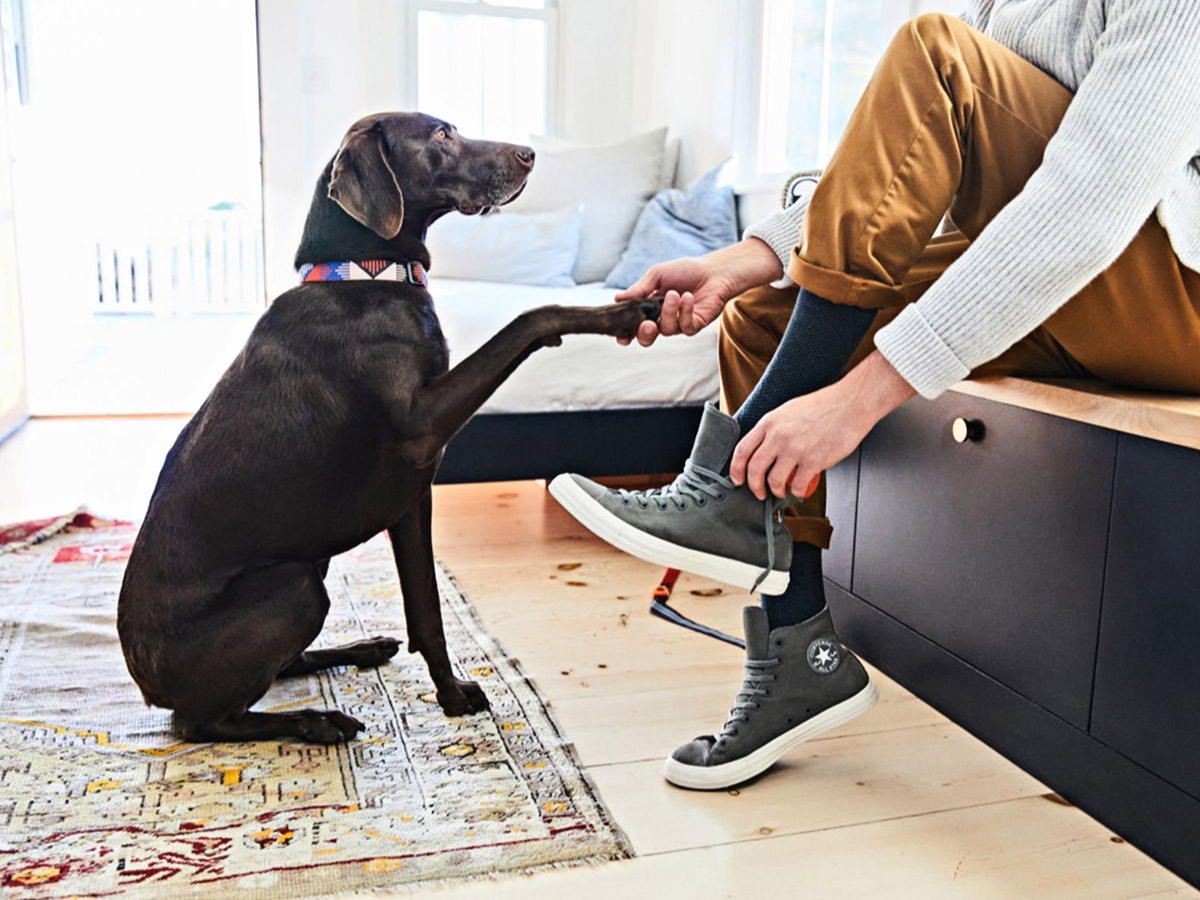
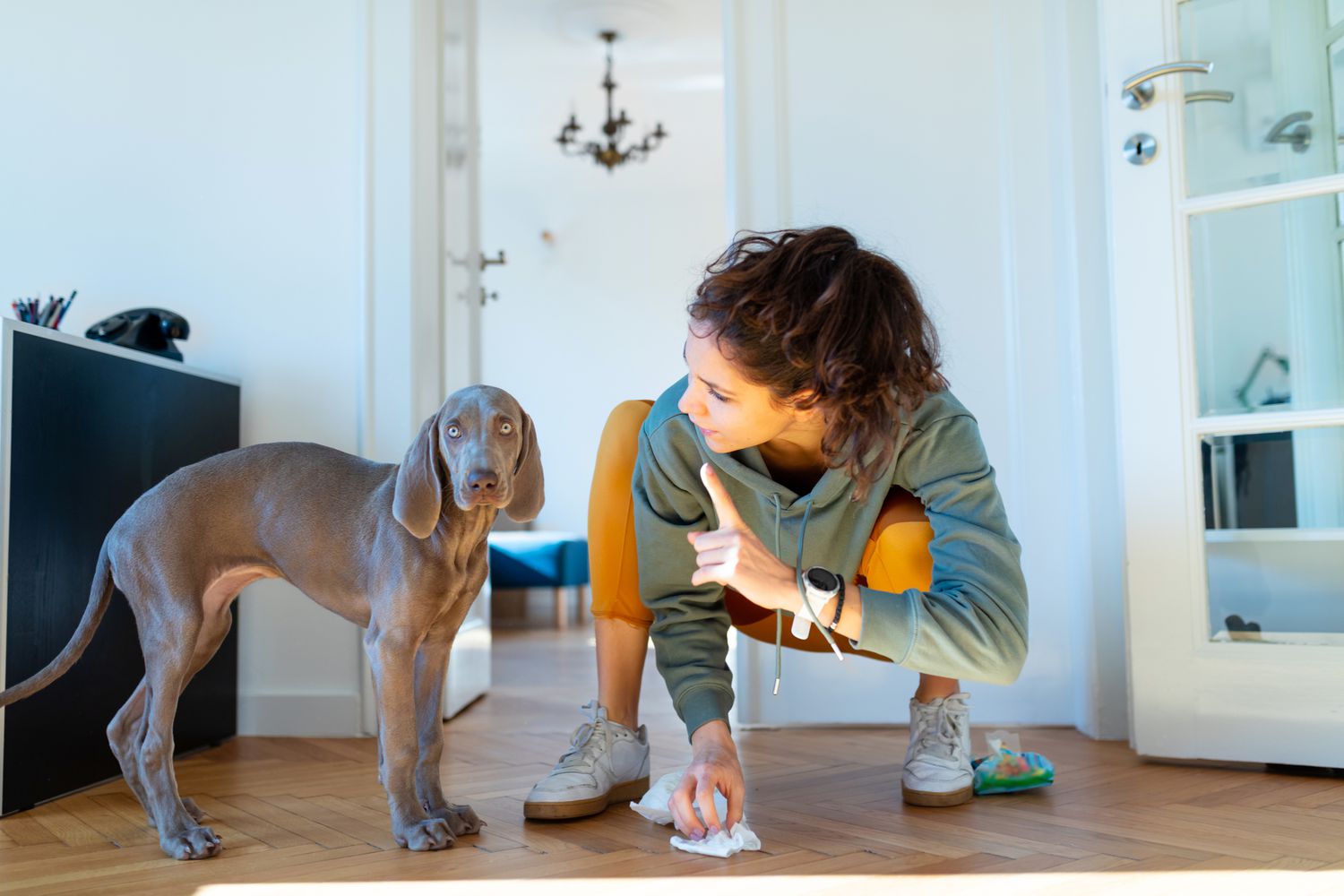
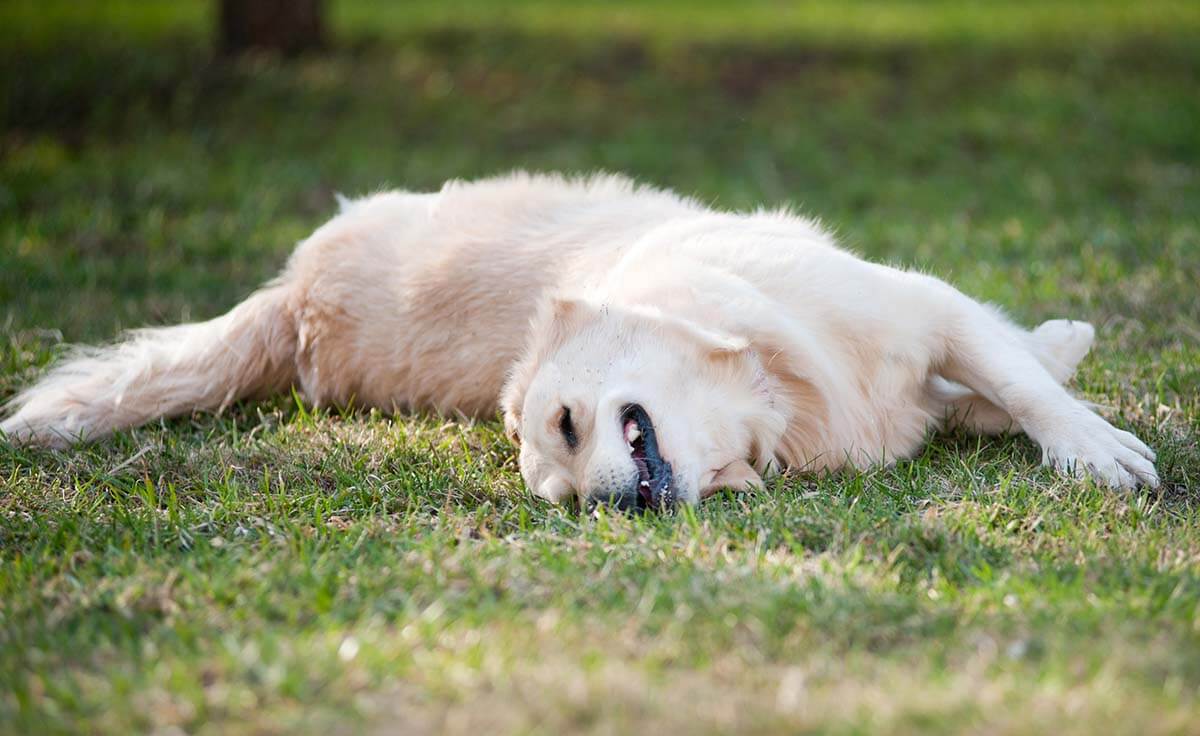
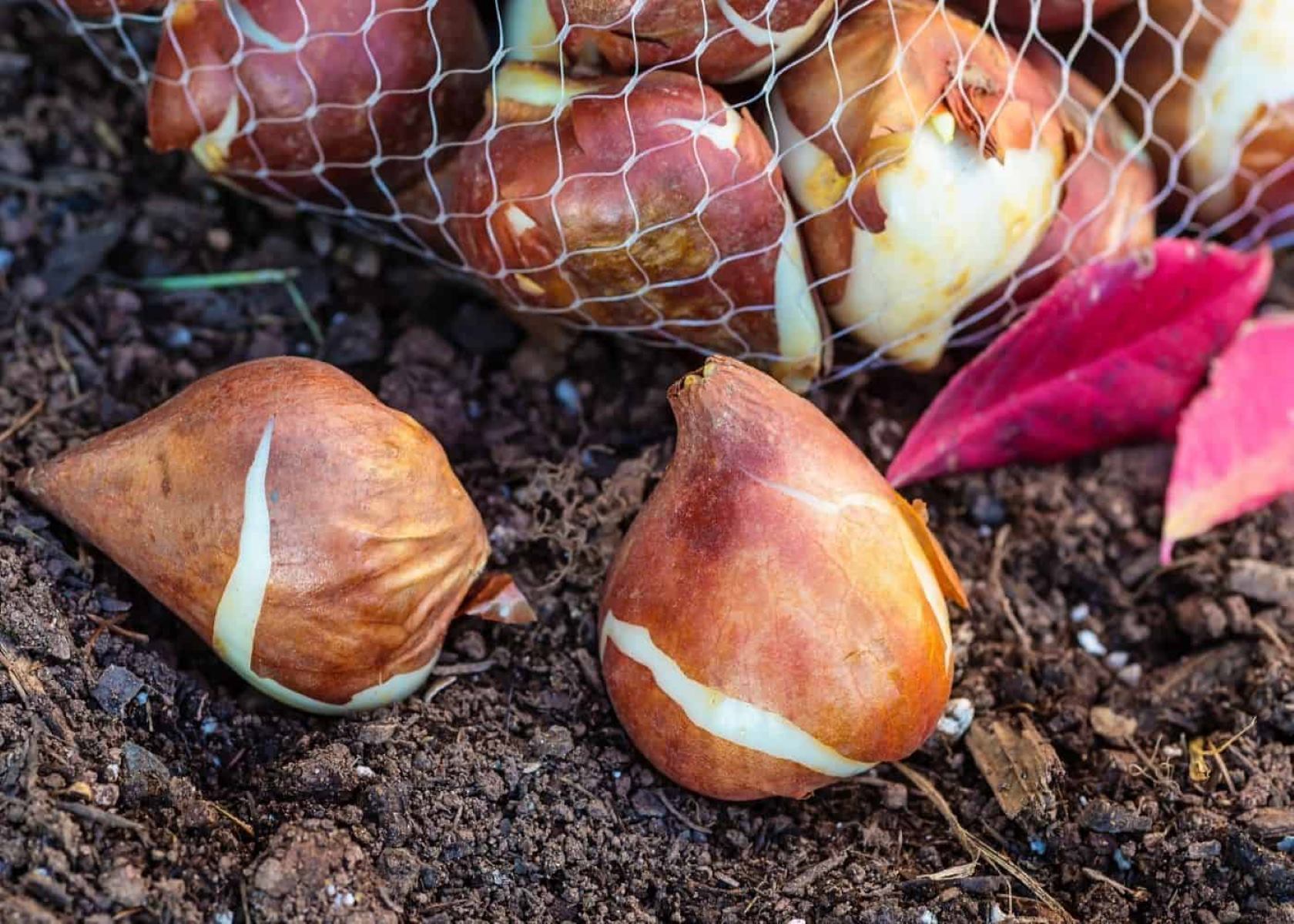


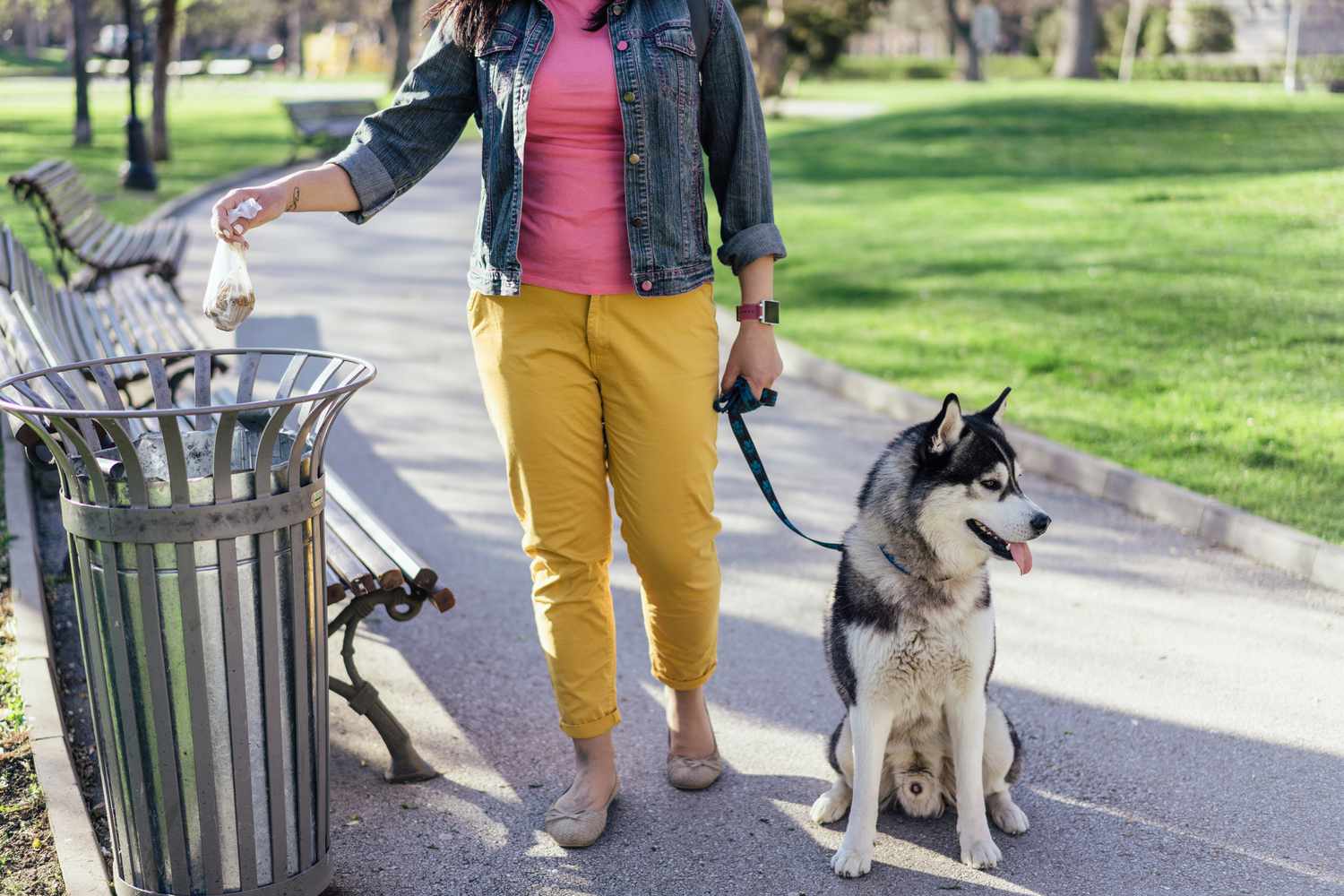
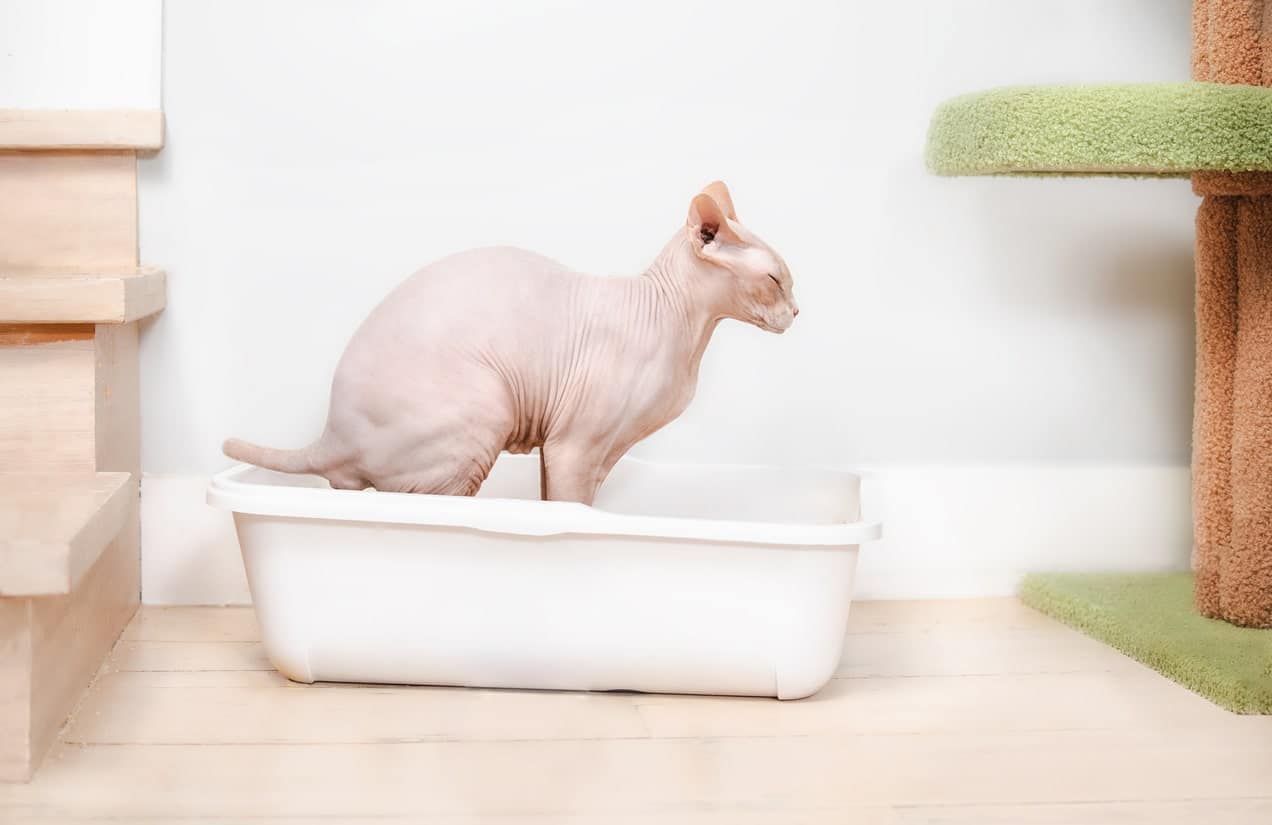

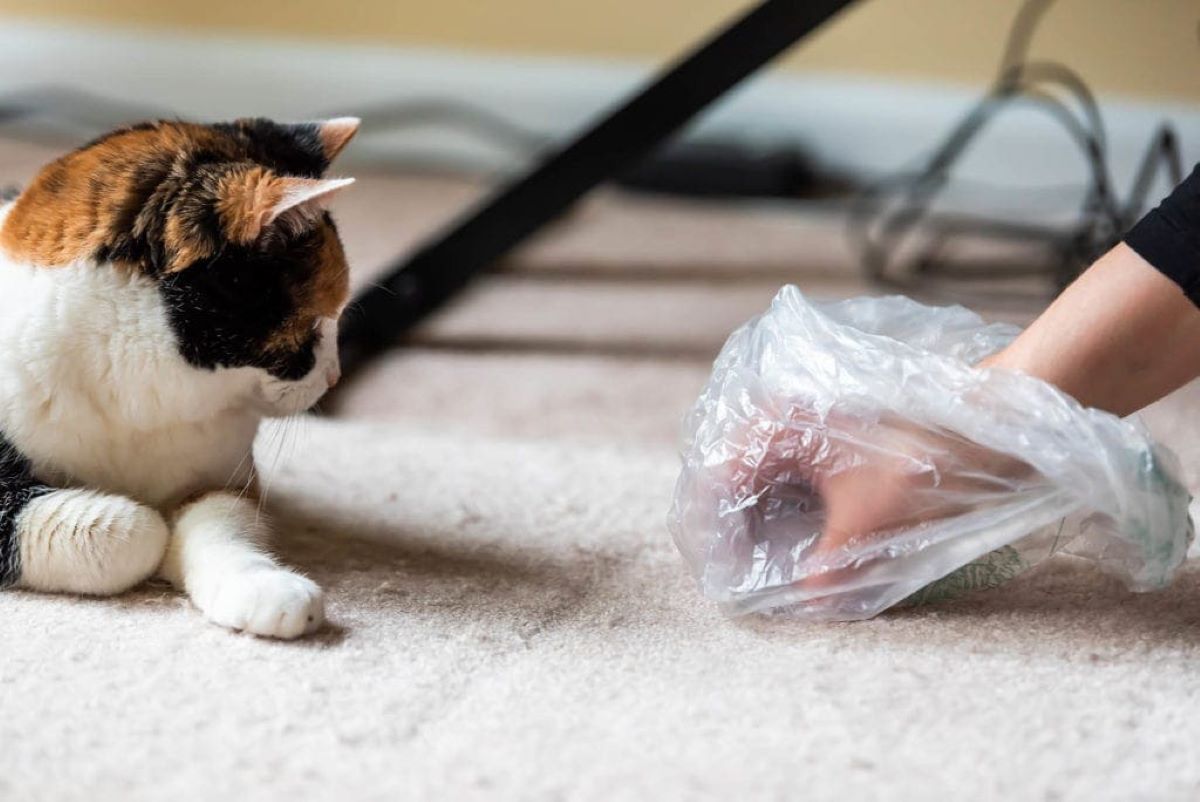
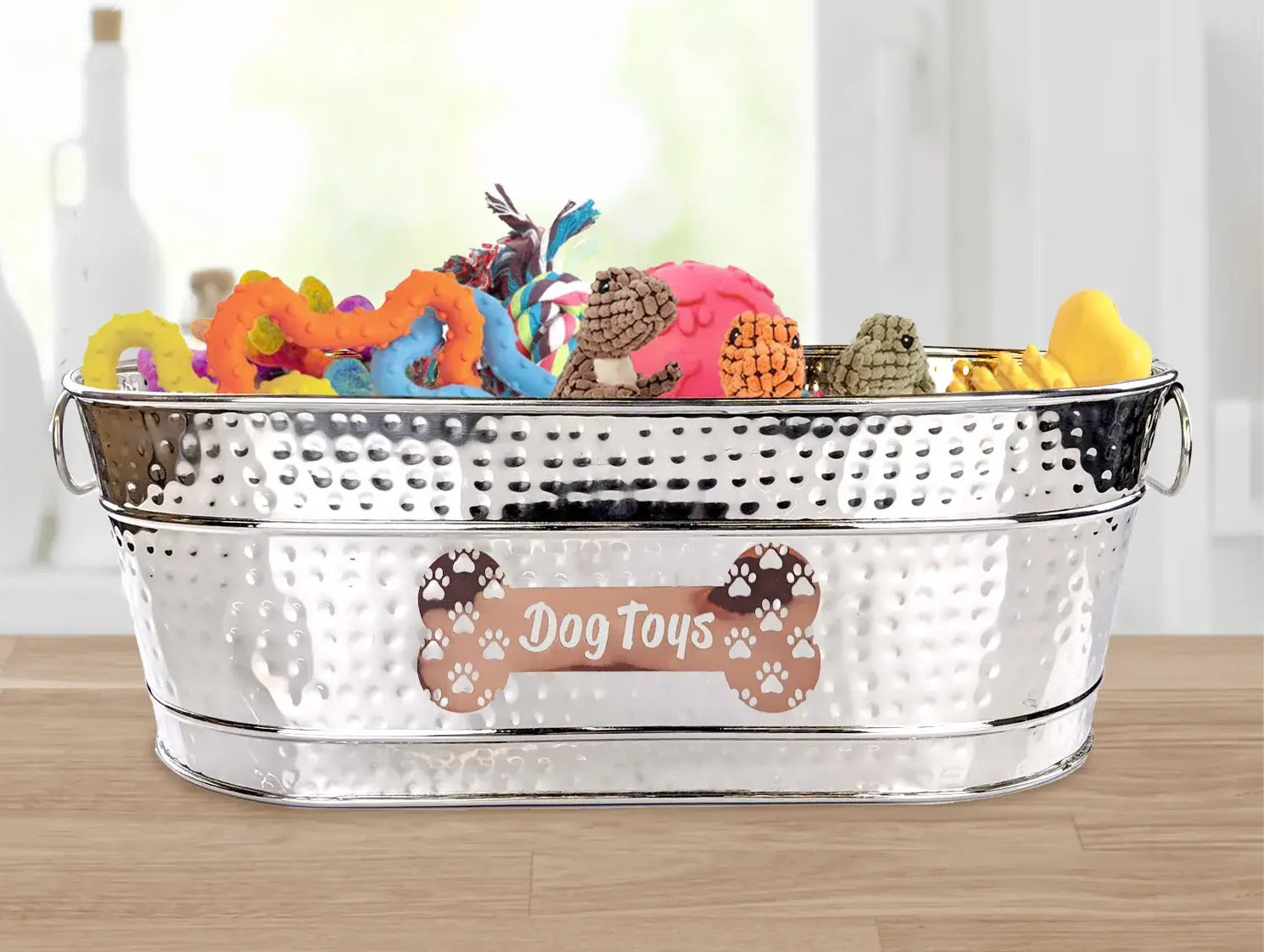
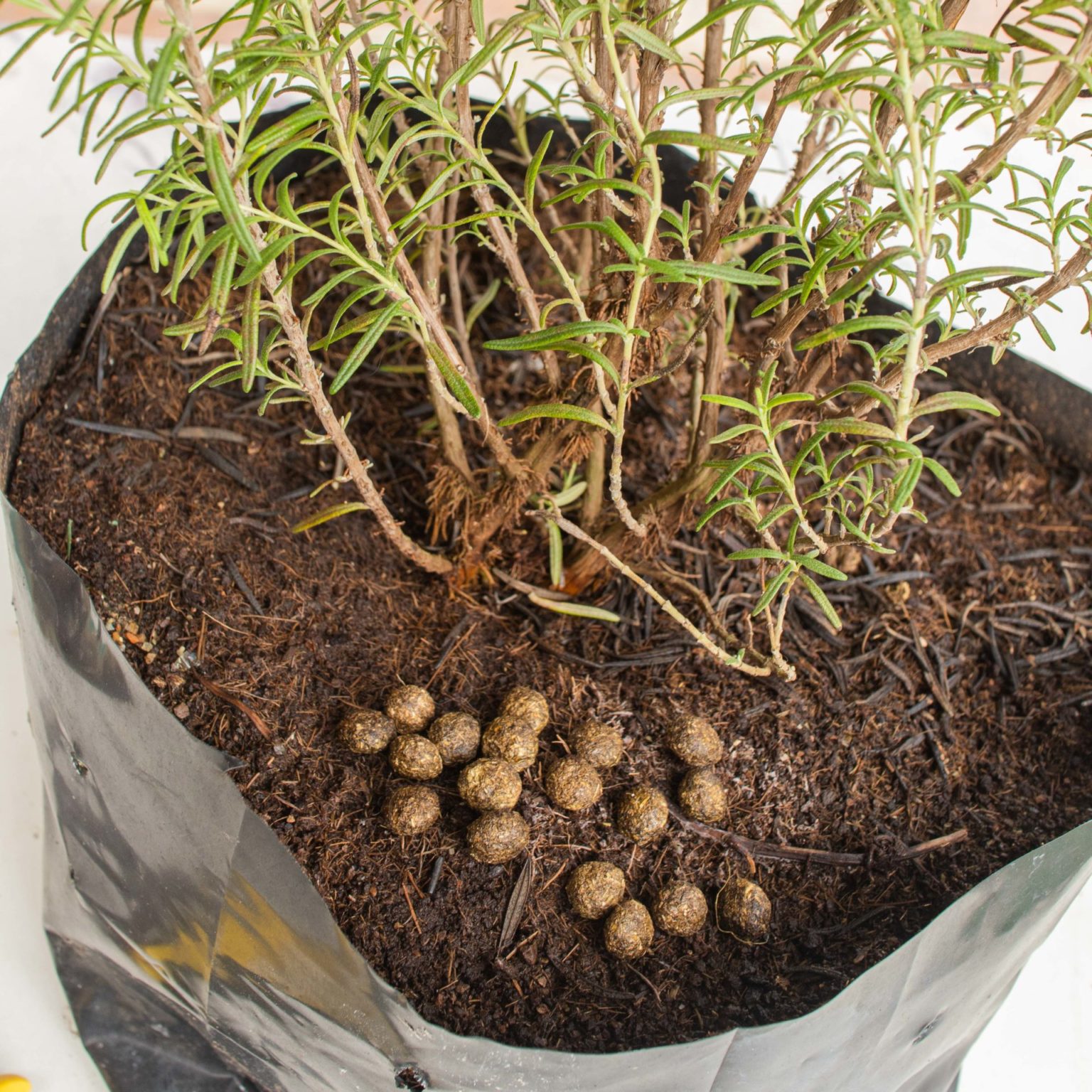

0 thoughts on “How To Store Dog Poop Until Garbage Day”